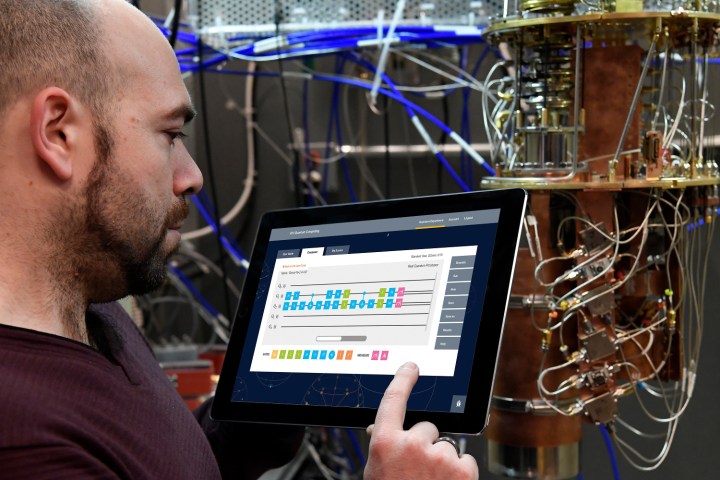
The two quantum computers were fielded by the University of Maryland and IBM. Both are outfitted with a total of five qubits, but IBM’s implementation relies on superconducting metals, whereas the University of Maryland’s system uses electromagnetic fields to trap ytterbium ions, according to a report from the MIT Technology Review.
Despite the vast differences between the two pieces of hardware, both process algorithms the same way, which facilitated like-for-like testing. Since May, IBM has allowed students and enthusiasts to experiment with its quantum computer via the IBM Quantum Experience, which was used in this experiment.
The results of the head-to-head test indicated that while IBM’s system was able to process problems more quickly, the University of Maryland’s hardware was more reliable. That’s because the college’s quantum computer uses interconnected qubits, which are capable of sharing information with one another. IBM’s rig exchanges information using a central hub, and the process can apparently cause the delicate quantum states that are essential to quantum computing to collapse.
These results aren’t likely to have a huge impact on the future of quantum computing. However, the fact that two quantum computers can be compared in this way serves as resounding confirmation of the progress that has been made in this field in recent years.
It’s not yet clear whether superconducting metals, trapped ions, or a different idea entirely will lead to the creation of a large-scale universal quantum computer. However, if it’s possible to compare one system with another, researchers are better equipped to make decisions about what works and what does not. We may still be a way off the breakthrough that makes the practical implementation of quantum computing a reality, but work like this shows that forward progress is being made all the time.


